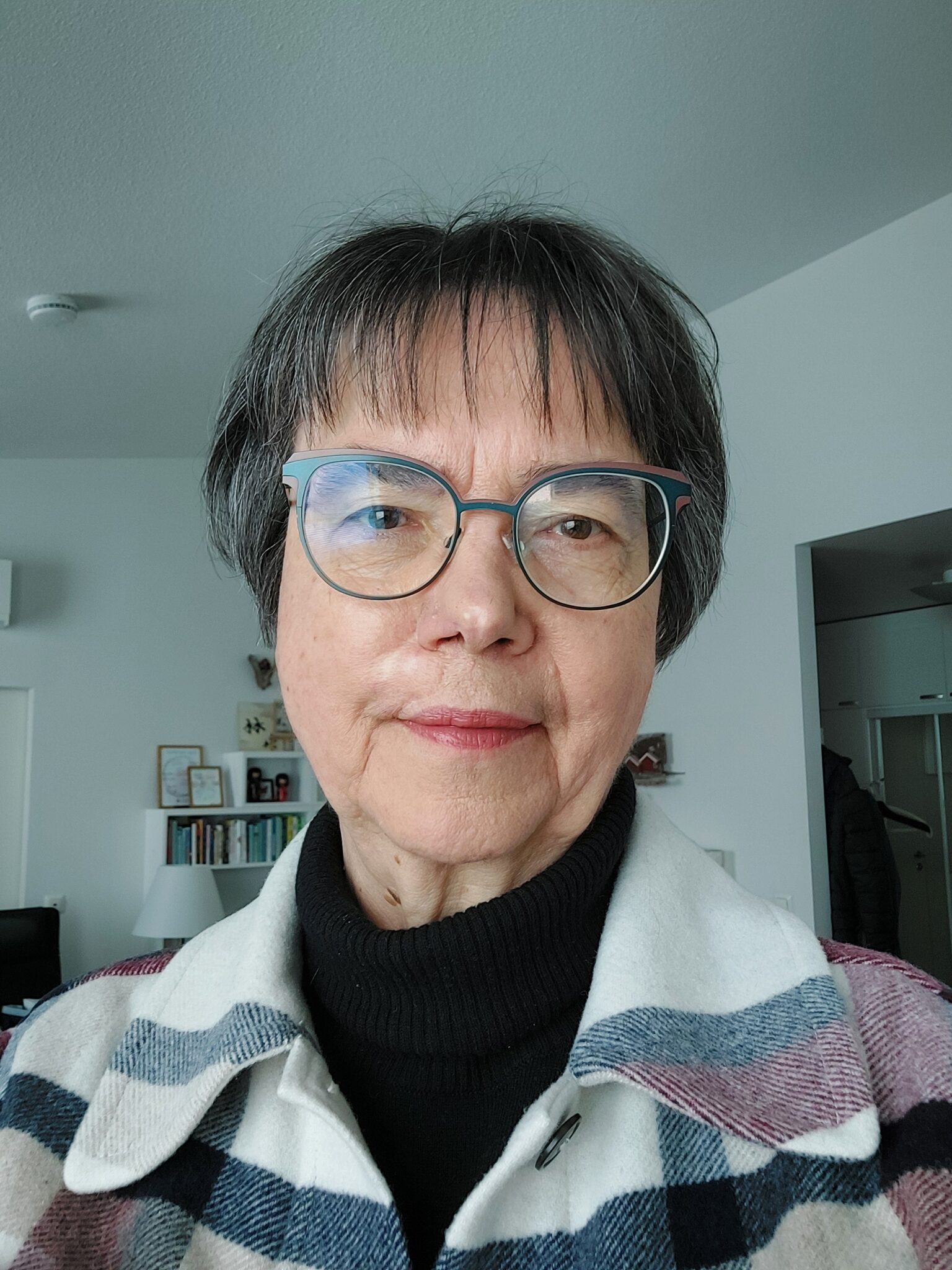Symposium
Not just a beautiful insect, the term ‘butterfly’ is used to describe how small changes in the starting conditions of a system can lead to large, unpredictable differences in outcomes (Palmer, Döring & Seregin, 2014). That is, even tiny modifications to one part of a system, may mean exponential, chaotic effects in other parts. ‘Butterfly effect’ was coined by Ed Lorenz, a meteorologist in the 1960s, but rather than referring to small changes creating unpredictable results, Lorenz actually meant that we could accurately predict the future in certain complex systems such as the atmosphere. Here, we adopt the term to both refer to sensitive dependencies on initial conditions as per Chaos Theory (Yorke & Li, 1975), to both describe how discrete differences in the starting state of a system can lead to radically different outcomes, as well as to describe how these radically different outcomes can somehow be predicted through artistic exploration. What Lorenz deemed as the “real butterfly effect” refers to the fact that there are limitations to the combinations of future unravelling that we may observe. In the case of the natural environment and globality, while we might find effects surprising, we can still predict alternative realities.
With emphasis on digital technology and data-driven systems (i.e., AI), we aim to illuminate the omnipresence and physical implications of data and its potential for creative appropriation. The exhibition will reveal the untapped possibilities of digital realms to reflect and enhance our ecological sensibilities, while converging the artists, their artworks, scholars and practitioners from across disciplines (including engineering, energy, computer science, business and communication). By exploring how human interaction with digital infrastructure can serve as a conduit for critical and creative practices that honour and advance ecological harmony, the exhibition begs audiences to contemplate the role of technology in a sustainable and equitable future. It is a call to action – a reminder that in the quest for ecological balance, creativity and innovation can lead the way in transforming our collective consciousness and societal structures.
References
Palmer, T. N., Döring, A., & Seregin, G. (2014). The real butterfly effect. Nonlinearity, 27(9), R123.
Yorke, J. A., & Li, T. Y. (1975). Period Three Implies Chaos. American Mathematical Monthly, 82(10), 985-992.
PROGRAMME August 12th
Place: The Barn, Wasa Innovation Center
9:00 – Opening words – Rebekah Rousi & Toija Cinque
9:15 – Keynote presentation – Juhani Risku: Art and design are phenomena of higher abstraction of knowledge, skill, understanding and criticism –> New leadership begins
10:00 – Coffee
10:15 – Paper presentations
From X to Eternity, Anne Scott Wilson & Cameron Bishop, Deakin University, Australia
Inside a Volcano, Benjamin Knock, Artist, Melbourne Australia
Oil, Code, and Dust: Iran’s Entanglements with Data and Energy in a Glo-cal System, Shahriar Khonsari & Neda Nikoi, University of Tehran, Iran
Bridging the Void: The Role of Ethical Journalism in a Glo-Cal Space Era – Lessons from the ShakthiSAT Mission, Sukruti Narayanan, Global Head of Partnership – ShakthiSAT; The Hustler Journalist, Sydney, Australia
11:15 – 12:15 Lunch (own cost)
12:15 – Keynote presentation – Anne Stenros: Creativity
13:00 – Paper presentations
Techno-Natural Connections: Interactive Artivism for Ecological Awareness, Toija Cinque, Deakin University, Australia
AI, Creativity and Ethics, Esteban Guerrero Rosero, University of Umeå, Sweden
Designing for (post)apocalyptic landscapes. Exploration of future imaginaries through game cultures, Aska Mayer, Game Research Lab, Tampere University & Centre of Excellence in Game Culture Studies, Finland
Need for intimacy and abuse of intimacy – data privacy and its ecological ramifications, Rebekah Rousi, University of Vaasa, Finland
14:00 – Coffee
14:15 – 15:00 Fishbowl discussion
Please register for the symposium via the following link: <https://www.eventbrite.com.au/e/butterfly-glo-cal-effects-of-data-energy-and-industry-tickets-1520553940769?aff=oddtdtcreator>
The symposium will also be available to follow online.
KEYNOTES:
Juhani Risku

Art and design are phenomena of higher abstraction of knowledge, skill, understanding and criticism –> New leadership begins
Who, what, why and how? Juhani Risku has studied a lot as an early riser. But, has also been an apprentice for fifteen masters in 400 MW turbines and generators; room, building and physical acoustics; Arts & Crafts; photography and many other fields. In the end, he defended his doctorate on the impact of art, design and creativity on startups. Now he is returning to architecture, to art and crafts.
Design and art offer a new approach to leadership, for example, because they offer a higher abstraction to creativity and practical work, with civic courage and an ethical attitude. Designers and artists are particularly industrious, and they take their work to the highest level without compromising on content and quality. It is also worth noting that the abstraction of design is in humans from birth – because art is an abstraction for adults.
Design and art form a powerful butterfly effect: Individual people rise as conveners to lead the future in the Fibonacci series 0, 1, 1, 2, 3, 5, 8, 13, 21, 34, 55… … 17711, 28657…, allowing everyone to join in. Now begins a new hype, from this symposium.
Declaration: The designer–artist–craftsman is the strong leader who creates a new future from the front and with example, courage and ethics in data, energy and industry, but also in society and future systems.
Anne Stenros

Anne Stenros is a Finnish architect, professor, and was formerly the Design Director at KONE Corporation, as well as the world’s first Chief Design Officer (CDO) of any city – Helsinki. Stenros studied architecture under, among others, Reima Pietilä at the University of Oulu, and Christopher Alexander at the University of California, Berkeley. She earned her Doctor of Technology degree from Helsinki University of Technology in 1992. Stenros was the director of Design Forum Finland from 1995 to 2004, after which she spent a year in Asia as the director of the Hong Kong Design Centre. She served as the first Design Director at KONE Corporation from 2005 to 2015, City of Helsinki’s CDO from 2016 to 2018, and founded Creative Catalyst in 2018 – all the while lecturing at various universities including Aalto University (Finland) and Nagaoka University (Japan). Stenros is also a founding member of WIT Forum in Finland.